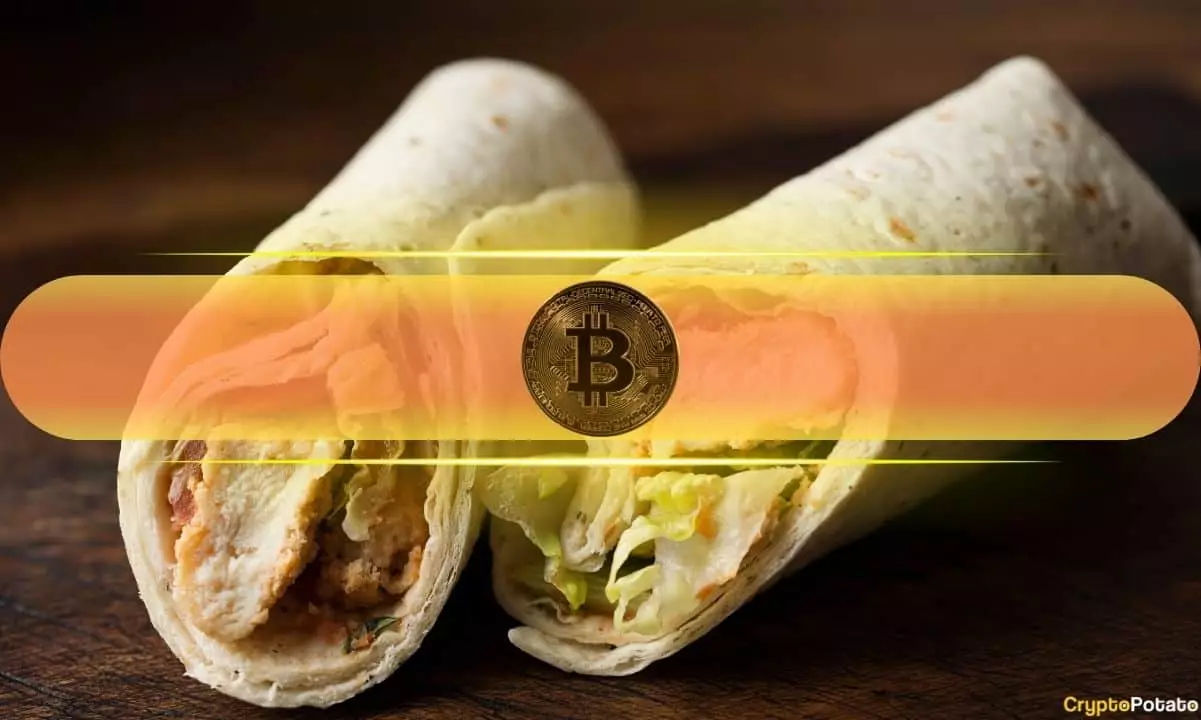Wrapped Bitcoin (WBTC) has solidified its prominence in the market, emerging as the leading tokenized version of Bitcoin across various blockchain platforms such as Ethereum and Solana. Initially developed by notable entities including BitGo, Kyber Network, and Ren, WBTC achieves a 1:1 representation of Bitcoin, offering users a bridge into the decentralized finance (DeFi) ecosystem. The latest monthly report from Binance Research underscores WBTC’s performance, which includes setting a record of 123,200 weekly transactions—a significant milestone indicative of its growing adoption among crypto enthusiasts. For the first time, WBTC has maintained over 100,000 transactions weekly for several consecutive weeks, underscoring its increasing utility.
The growth trajectory of WBTC is further illustrated by its supply, which has recently surged beyond 152,400 tokens, granting it an impressive market share of over 65%. These metrics reveal not only the demand for tokenized Bitcoin but also the interest in accessing BTC within the broader DeFi landscape. However, this success has not been without its challenges. Recent strategic moves, including a partnership with Tron founder Justin Sun and BitGlobal, aimed to expand WBTC’s operations into regions like Hong Kong and Singapore, have drawn significant scrutiny. Stakeholders raised concerns regarding Sun’s role, fearing that his influence might jeopardize the integrity of the token.
The backlash from the crypto community was palpable, with some projects such as Sky (formerly MakerDAO) proposing to remove WBTC from their collateral lists, reflecting deeper apprehensions about governance and control. In spite of these controversies, demand for tokenized Bitcoin persists, leading to the emergence of competing products. Notably, Coinbase’s cbBTC has entered the landscape, quickly rising to become the third-largest wrapped Bitcoin token on Ethereum and Base. This competition highlights the dynamic nature of the crypto market, where new offerings can quickly gain traction amid controversies surrounding established protocols.
Amidst this evolving scenario, the report also draws attention to the challenges Ethereum faces, particularly concerning its inflationary pressures. Official claims of adopting an “ultrasound money” framework that supposedly enhances its resistance to inflation are undermined by recent data revealing a spike in its inflation rates—the highest in two years. The Dencun upgrade, while intended to optimize performance, has inadvertently caused transaction fees to decrease, leading to fewer ETH coins being burnt. Market observations suggest that Ethereum’s issuance rate now hovers around 0.74% over a 30-day span, indicating a shift toward inflationary tendencies.
Outlook for the Future
For Ethereum to reaffirm its deflationary stance and restore investor confidence, a marked increase in network activity is essential. Without such dynamics, both Ethereum and wrapped tokens like WBTC may face significant headwinds in maintaining their value propositions. As the DeFi sector continues to evolve, it will be crucial for stakeholders to navigate these challenges through transparent governance and robust technological advancements. The future of tokenized Bitcoin and its associated ecosystems hinges on maintaining user trust while adapting to an ever-changing crypto landscape.


Leave a Reply